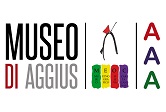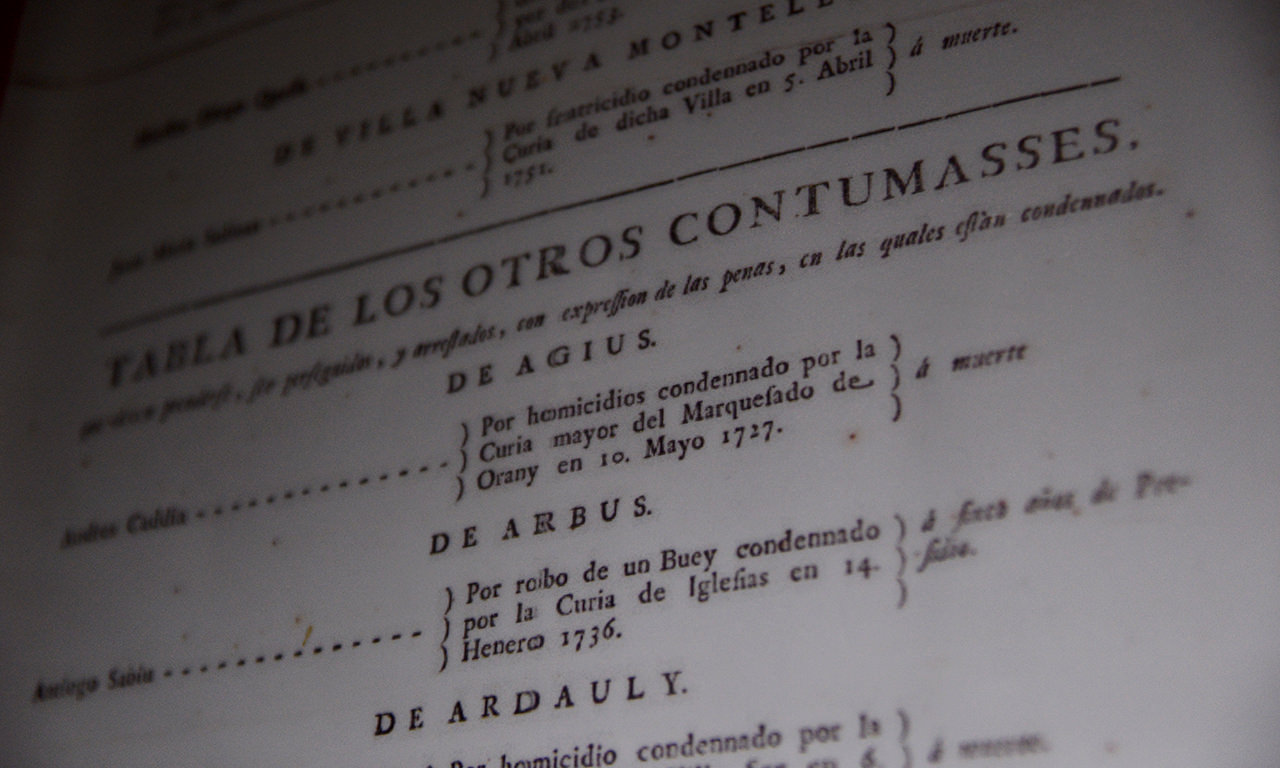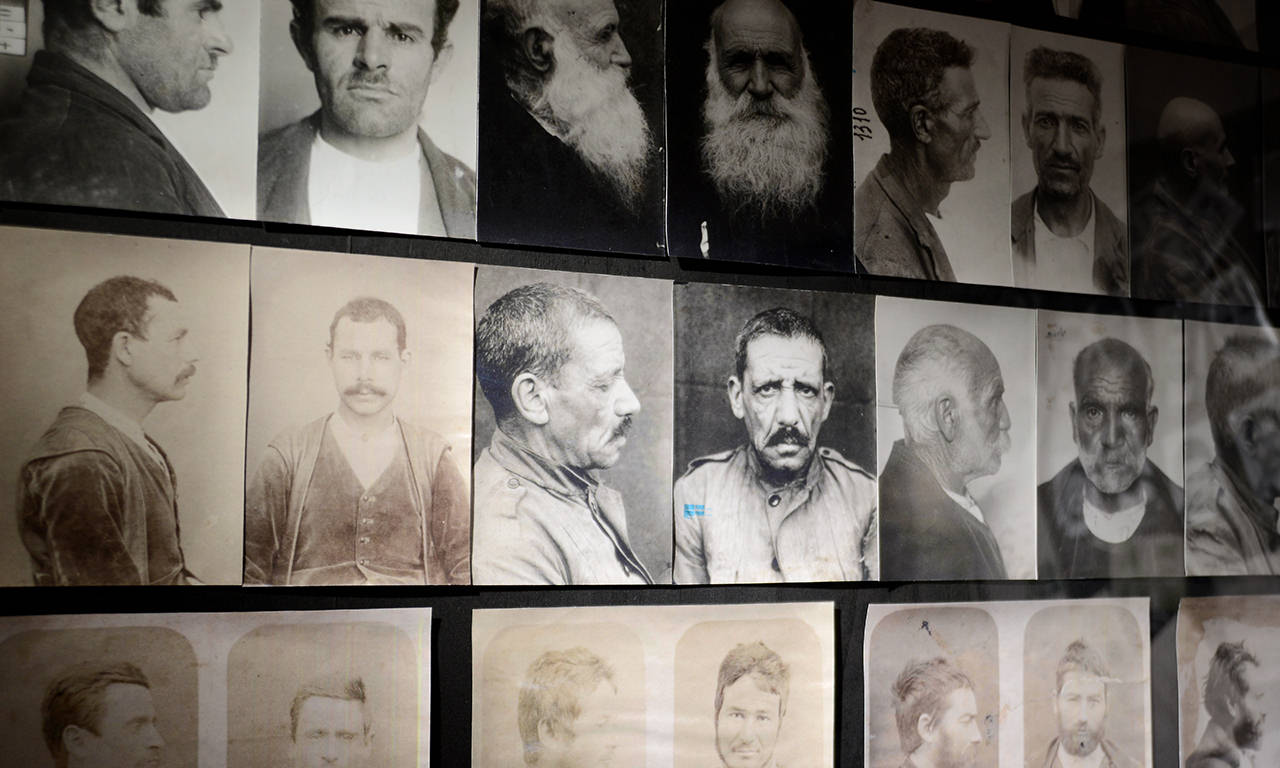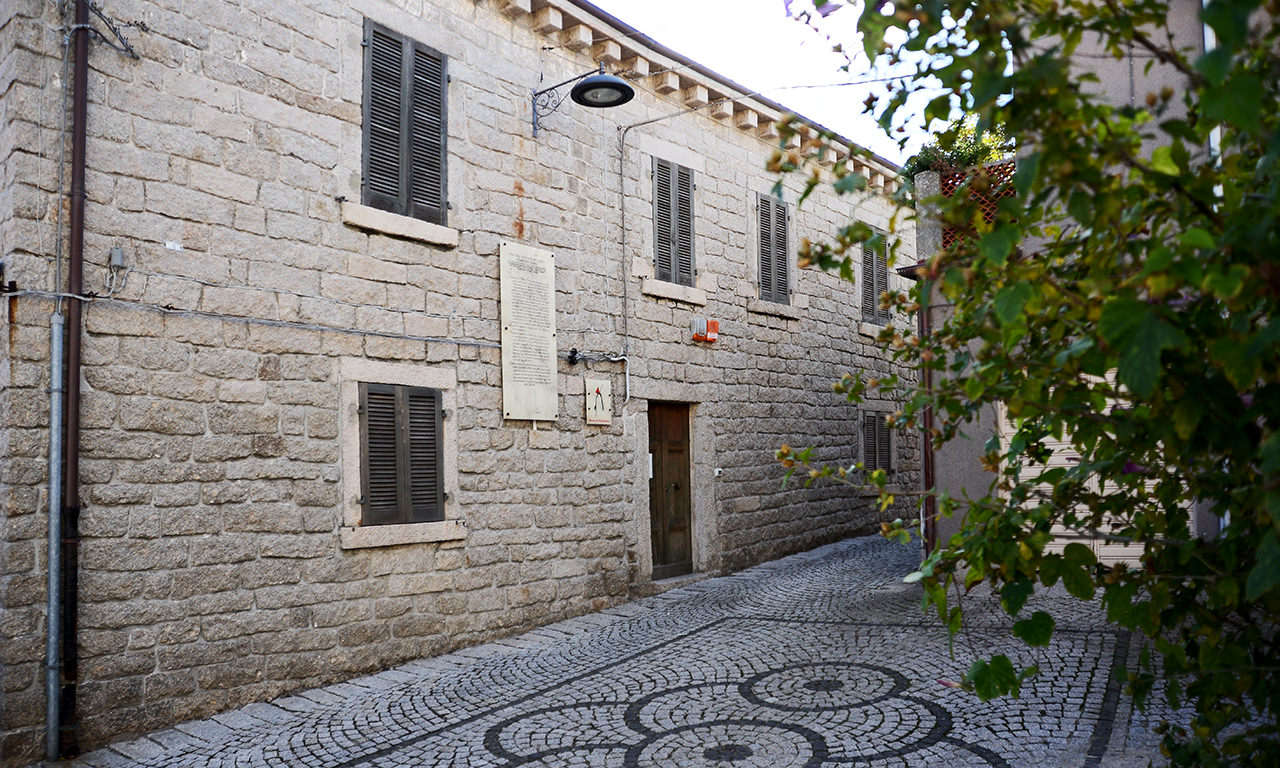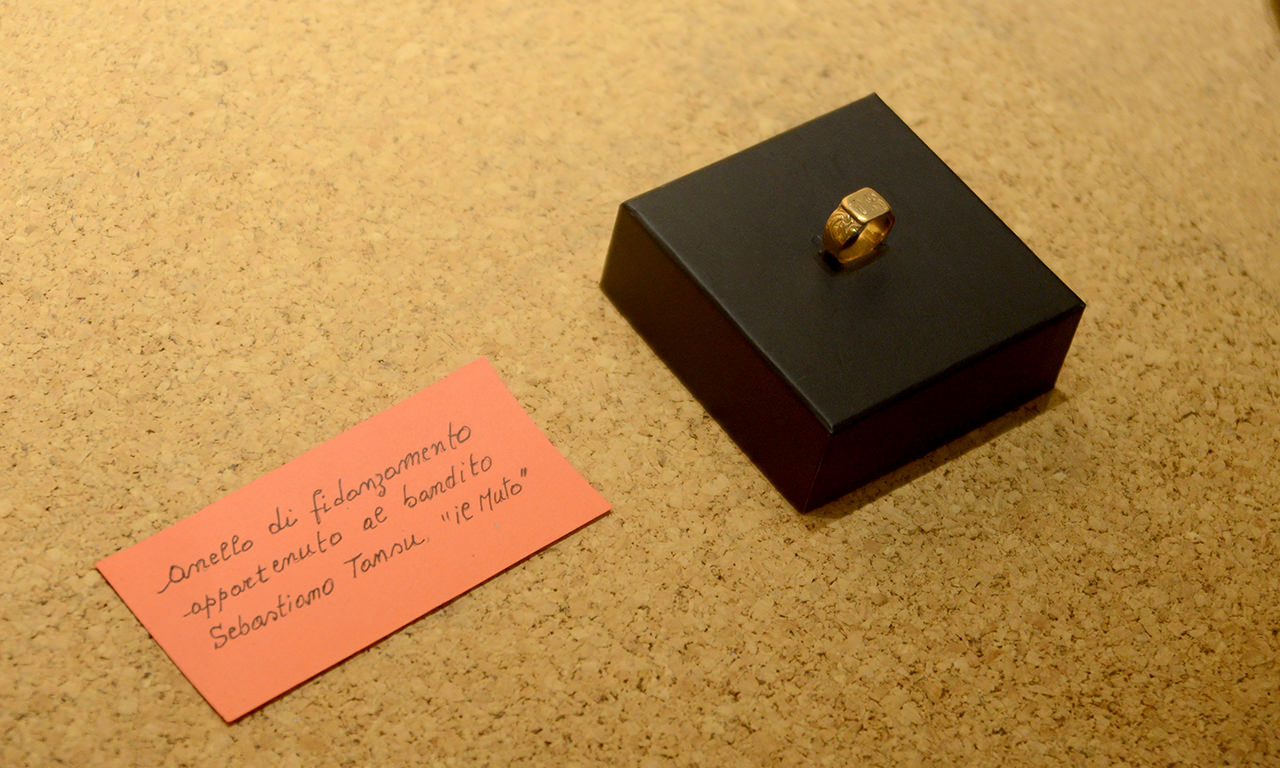Museum of banditry
The town of Aggius was the epicenter of banditry gallurese for about three centuries: From the mid-sixteenth century, at the height of the Spanish in the mid-nineteenth century, under the rule of the House of Savoy.
During this long and troubled period in the difficult and then larger territory of Aggius assassinations, ambushes and theft of livestock and damage were the order of the day. Along the coasts of “Cussorge” prospered far more completely unpunished hordes of smugglers and abigeatari, so much so that in 1726 a very detailed report of local authorities Aggius attaches to the role of leading country in the smuggling of cereal, and a few days after the viceroy, Count Pallavicini of Saint Remy, issues a decree that begins: “Having been informed that the inhabitants of the villa Agius, devoted almost all of smuggling, they usually take the wheat and other kinds of business which are smuggled from villages and the towns Anglona. way we organize in quadrilles … “.
Dates back to 1766 the now famous “pregone” the viceroy Francesco Ludovico Costa, whose full text, suitably enlarged and printed on a large panel was placed on the facade of the building which houses the museum.
This is the pronouncement in which threatens the destruction of the house of Aggius considered as “outrageous and shelter for bandits and thugs …” .
On the popular side, however, the figure of the bandit was often likened to that of the underdog, disgraced for reasons of honor, and therefore worthy of respect and protection.
That is why we decided to set up a museum dedicated to banditry without running the risk of mythologizing the figure of the outlaw and bring out his deeds.
The aim of this museum, if anything, is exactly the opposite: to spread positive values for the construction of a mentality that favors the emergence of the rule of law and public morality at every level.
The Museum of banditry proposes to carry out research on the material evidence of man and his environment: acquire, the keep, the transmit and especially the exhibit for the purposes of study, education and enjoyment.
This museum, housed in the building no coincidence that the old Magistrates Court, is located in the oldest part of the country. And in the streets adjacent to the building, more than a century ago, were committed numerous murders.
The exhibition is divided into four rooms that can accommodate a nice documentation and items that are worth seeing. A shrine is dedicated to the bandit aggese Sebastian Tansu, “Muto di Gallura” figure who inspired the novel by Enrico Costa.
TICKET: € 4,00 (full entry), € 3,00 (reduced entry) > duration: 30 min


